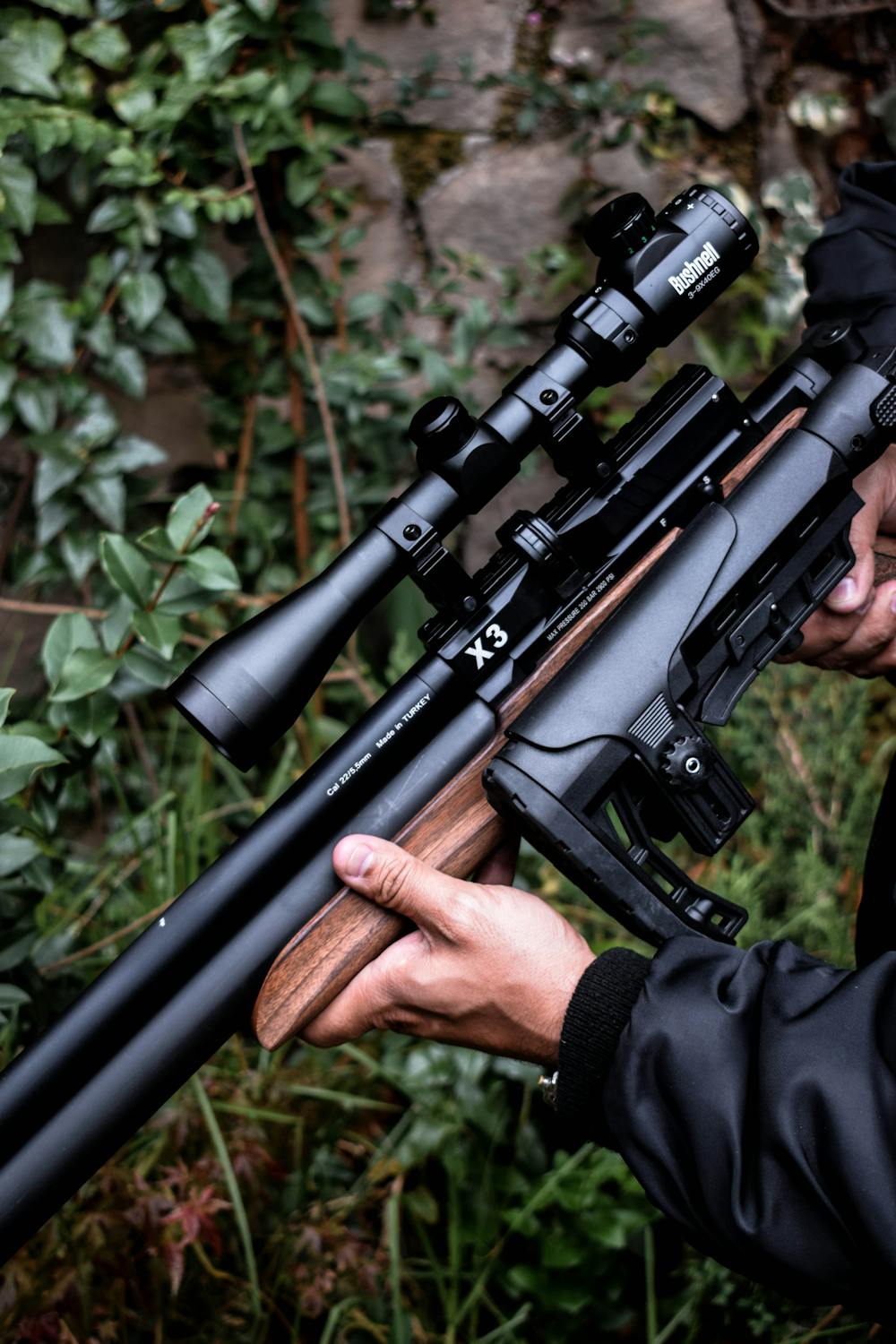Mounting and zeroing a scope on your 270 Winchester rifle is a crucial step in achieving accurate and precise shots. A properly mounted and zeroed scope ensures that your rifle’s point of aim aligns with the point of impact, allowing you to confidently hit your target. In this article, we will provide you with expert tips on how to mount and zero a scope on your 270 Winchester rifle effectively. From selecting the right scope rings to performing the necessary adjustments, these tips will help you optimize your shooting experience and increase your chances of success in the field.
Expert Tips for Mounting and Zeroing a Scope on Your 270 Winchester Rifle
Mounting and zeroing a scope requires attention to detail and a systematic approach. Follow these expert tips to ensure a successful setup:
Selecting the Right Scope Rings
- Choose the Appropriate Height: Consider the size of the objective lens and the desired alignment with your rifle’s barrel. Select rings that provide enough clearance to avoid any interference or contact between the scope and barrel.
- Opt for Quality Rings: Invest in high-quality scope rings made from durable materials, such as aluminum or steel. Quality rings ensure stability and durability, which are essential for maintaining zero.
Preparing the Rifle for Scope Installation
- Unload and Remove Ammunition: Prioritize safety by unloading your rifle and removing all ammunition from the chamber and magazine. This eliminates the risk of accidental discharge during the mounting process.
- Clean the Rifle: Thoroughly clean the mounting surfaces, especially the top of the rifle’s receiver. Remove any dirt, debris, or oil residues that may affect the scope’s stability.
Mounting the Scope
- Align the Rings: Position the rings on the rifle’s receiver, ensuring they are evenly spaced and aligned. Use a torque wrench to tighten the ring screws gradually, alternating between them to maintain balance.
- Check for Proper Eye Relief: Eye relief refers to the distance between your eye and the scope’s eyepiece. Position the scope to achieve the optimal eye relief, which allows for a clear and comfortable view.
You can also see which are the best scope for the .270 in my guide.

Zeroing the Scope
- Bore Sighting: Start by bore sighting your rifle to get the initial alignment between the scope’s reticle and the bore. Use a bore sighting tool or a laser boresighter to align the two.
- Select a Suitable Range: Choose a safe and controlled shooting range for zeroing your scope. Ensure the range has the appropriate distance and facilities for target adjustments.
- Initial Shots and Adjustments: Take a series of shots at the target, aiming for the center. Observe the point of impact and make initial adjustments to bring the shots closer to the desired zero.
- Follow the Adjustment Procedure: Refer to your scope’s manual to understand how the adjustments work. Make small and deliberate adjustments to the windage and elevation turrets, following the recommended procedure.
- Confirm and Fine-Tune: Take additional shots to confirm the adjustments and make further fine-tuning as needed. Repeat the process until your shots consistently hit the desired point of aim.
Common Mistakes to Avoid
- Insufficient Tightening: Ensure that all screws and fasteners are properly tightened, but be cautious not to overtighten, which may cause damage to the scope or the rifle.
- Skipping Bore Sighting: Bore sighting saves time and ammunition during the zeroing process. Skipping this step can lead to a longer and more frustrating zeroing experience.
- Neglecting to Recheck Zero: Changes in environmental conditions, transportation, or accidental bumps can affect your zero. Regularly recheck and confirm your zero before important shooting sessions.
Frequently Asked Questions (FAQs)
Q: Can I mount a scope without using scope rings?
No, scope rings are necessary to securely mount a scope on your 270 Winchester rifle. They provide stability and proper alignment for optimal performance.
Q: How often should I recheck my zero?
It is advisable to recheck your zero before important shooting sessions, especially after any significant transportation, changes in environmental conditions, or accidental bumps that may affect your scope’s alignment.
Q: What tools do I need to mount and zero my scope?
You will need a torque wrench, appropriate screwdrivers, bore sighting tool or laser boresighter, and a shooting range with targets suitable for zeroing.
Q: Can I zero my scope without shooting at a range?
While it’s possible to make adjustments without shooting, the most effective way to zero a scope is by shooting at a range. It allows you to observe the actual point of impact and make accurate adjustments accordingly.
Q: How long does it take to mount and zero a scope?
The time required can vary depending on your experience, the scope model, and environmental conditions. On average, it may take several shots and adjustments over a couple of hours to properly mount and zero a scope.
Q: Should I seek professional help for mounting and zeroing my scope?
If you’re new to the process or unsure about your skills, seeking professional assistance can be beneficial. A knowledgeable gunsmith or experienced shooter can guide you through the process and ensure proper mounting and zeroing.
Conclusion
Mounting and zeroing a scope on your 270 Winchester rifle is an essential step to achieve accuracy and precision in your shooting. By following expert tips and avoiding common mistakes, you can confidently set up your scope for optimal performance. Remember to prioritize safety, choose quality rings, and take the time to properly align and adjust your scope. With a well-mounted and zeroed scope, you’ll be ready to hit your target with confidence.

Jerry Miculek is an experienced firearms and optics expert. Guns are not just a hobby for him, they are his passion and life. You can learn more about Jerry on our About us page.
